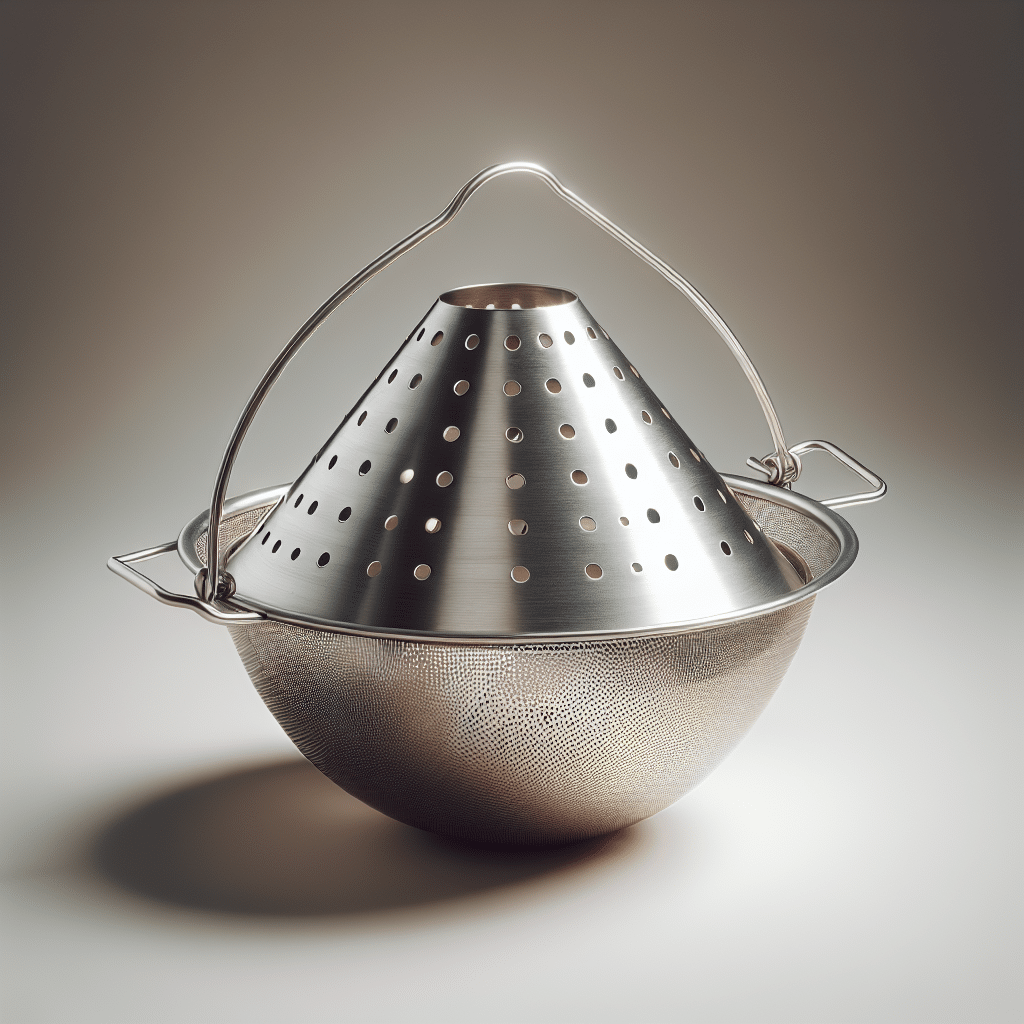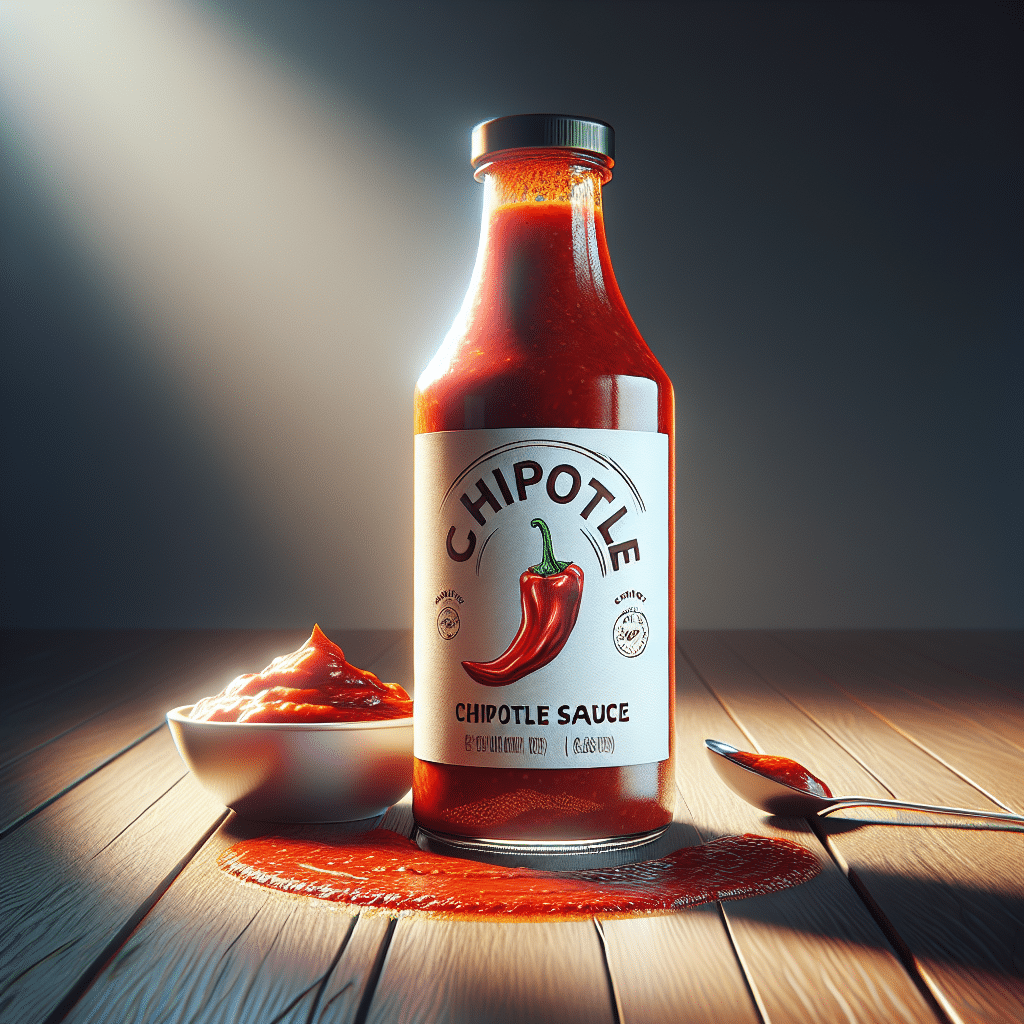A china cap is a kitchen tool primarily used for straining liquids from solids, especially in culinary applications. It’s designed with a conical shape that helps separate the solid remnants from broth, sauces, or other mixtures, allowing for enhanced flavor and texture in dishes. Typically made from fine mesh or perforated materials, a china cap is layered with finesse to achieve a smooth, clarified result, much like that of a fine sieve. Chefs often rely on this versatility in both professional and home kitchens to produce refined dishes and sauces, ensuring consistency in preparation. With the ability to withstand high temperatures and varying substances, a china cap is a staple in the gourmet cooking arsenal, making it invaluable for cooking techniques that demand precision.
Understanding the China Cap
The term “china cap” originates from the tool’s resemblance to the traditional Chinese conical hat. This kitchen implement has been widely embraced in culinary practices, especially for its unique design and functionality. Its primary purpose is to strain and clarify liquids, effectively separating unwanted solids while allowing flavorful essences to pass through. Chefs from various culinary backgrounds utilize the china cap, as its design provides a reliable method for achieving a desired consistency in sauces, broths, and purées.
Design and Material Composition
Typically made from stainless steel or nylon mesh, china caps are constructed to endure rigorous culinary use. The mesh design allows for optimal drainage while ensuring even straining of various media, whether it be during making stocks, sauces, or juices. The conical shape is not only visually striking but serves a practical purpose as well; it directs the flow of liquid effectively towards the pointed end for easy pouring or collection. Furthermore, many professional-grade china caps come with a supporting stand, creating added convenience when straining larger batches.
Types of China Caps
There are generally two types of china caps, categorized based on their mesh and construction:
- Fine Mesh China Caps: Highly regarded in professional kitchens for their ability to filter even the smallest particles, these caps produce a smooth, clear liquid. They are commonly used for making sauces, clear soups, and purées.
- Coarse Mesh China Caps: These versions are ideal for straining larger solids and are often preferred for stocks and broths, where full clarity is not necessarily required. They allow more substantial pieces to be retained while letting the thinner liquid flow through freely.
The Role of China Caps in Cooking
In professional culinary settings, china caps play an essential role in ensuring consistency and quality in dishes. Here are several applications:
- Straining Stocks and Soups: When preparing stocks, the china cap ensures that any impurities or solid remnants from vegetables, herbs, or proteins are effectively removed, resulting in a rich, clean broth.
- Clarifying Sauces: When making sauces, particularly those that require reduction, a china cap helps refine the texture by eliminating any solid particles that may cause a gritty feel.
- Juicing: For homemade juices, utilizing a china cap allows chefs to extract clear liquid while leaving behind pulp and fibrous materials.
Practical Tips for Using a China Cap
Using a china cap can enhance your culinary creations significantly. Here are some practical tips to consider:
- Pre-soaking: If working with very fibrous ingredients, pre-soaking them in cold water or broth can help to soften them, promoting better extraction when you strain.
- Using Weight: Consider applying a small weight on top of the strainer to encourage faster liquid flow while ensuring that all solid particles are adequately pressed down.
- Airflow: Allow air to flow through the cap while straining, as this promotes faster and more thorough extraction.
Common Uses in Professional Kitchens
Professional chefs utilize china caps in a range of culinary techniques, showcasing their versatility:
- Reducing Soups and Stocks: The clarity and intensity of flavor are heightened by using a china cap to strain out any solids before serving.
- Created Specialty Sauces: For sauces with a refined texture, china caps are often used to achieve the desirable smoothness that differentiates gourmet dishes from standard preparations.
- Crafting Gourmet Gelées: Innovative chefs often use a china cap to create clarified gelées, achieving an elegant presentation.
Cleaning and Maintenance
Maintaining your china cap is crucial for its longevity and performance:
- Immediate Rinsing: Rinse the china cap immediately after use to prevent clogging of the mesh with dried residues.
- Use Mild Detergents: Clean using warm, soapy water and a non-abrasive sponge to avoid damage to the material.
- Avoid Metal Scrubbers: Metal scrubbers can scratch the surface of stainless steel china caps, leading to corrosion over time.
FAQ Section
What is a china cap used for?
A china cap is primarily used for straining liquids from solids, making it ideal for separating broth, sauces, and juices from solid remnants.
How do you clean a china cap?
Rinse your china cap immediately after use with warm, soapy water using a non-abrasive sponge for best results.
Can you use a china cap for making jelly?
Yes, a china cap is excellent for straining fruit pulp and seeds from juices when making jelly or preserves.
Why is it called a china cap?
The name comes from the resemblance of the conical shape of the cap to traditional Chinese conical hats.
Are china caps dishwasher safe?
Check the manufacturer’s guidelines; while some materials may be dishwasher safe, it’s generally safer to wash them by hand to prolong their lifespan.
Conclusion
The china cap is an indispensable tool in both professional kitchens and home cooking. Its ability to provide clarity and refinement in culinary preparations not only enhances the visual appeal of dishes but also elevates their flavors. By understanding its various applications, maintenance, and operational tips, any cook can leverage this remarkable tool to improve their culinary creations and techniques.



